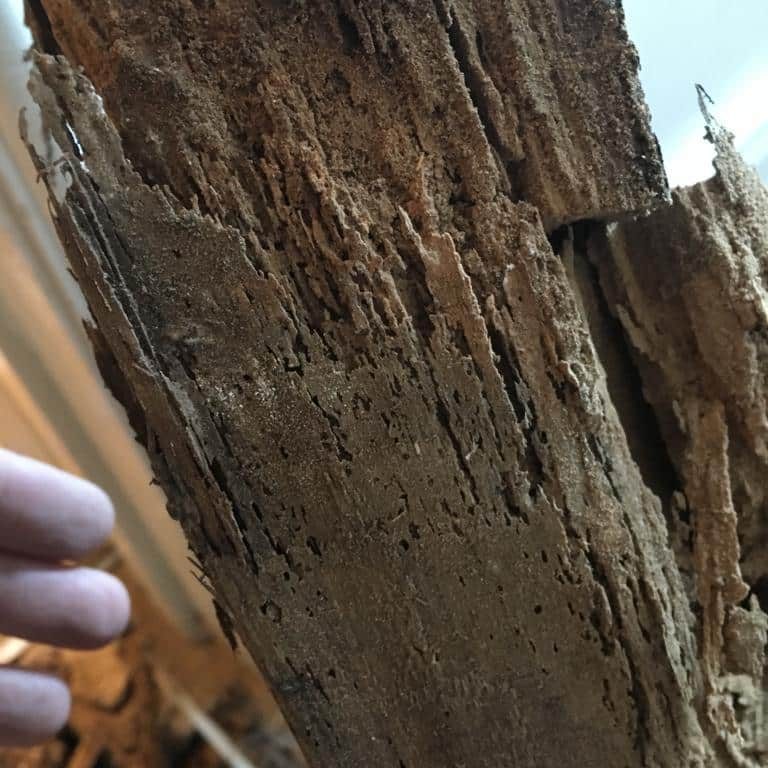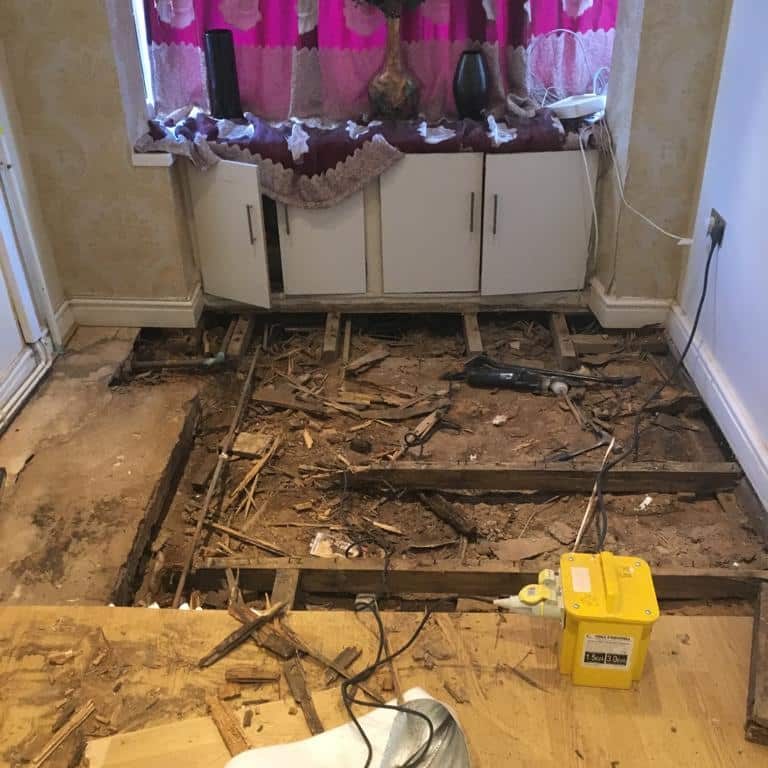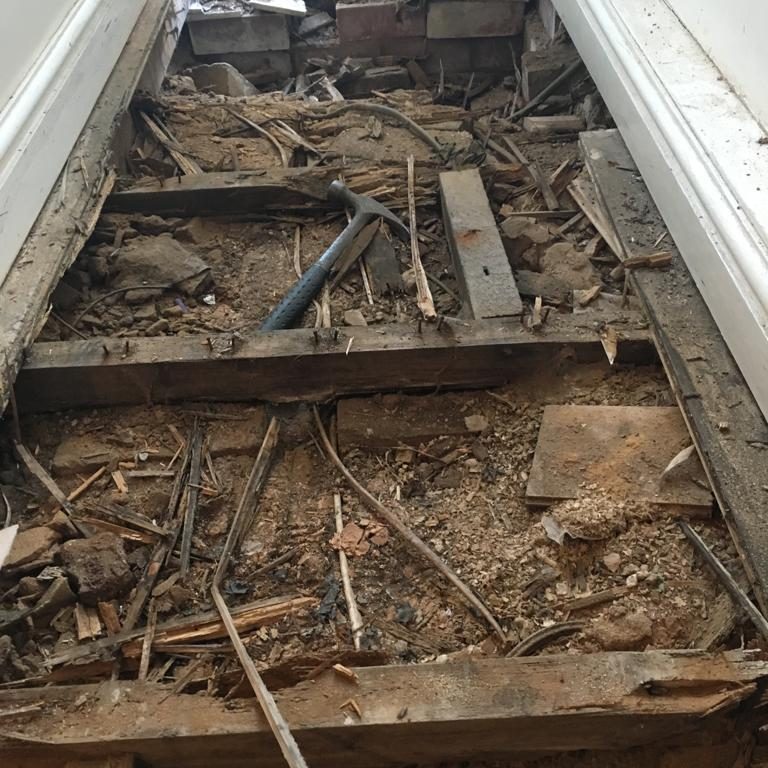The most hazardous type of fungal degradation is dry rot. It concentrates on wood in buildings and eats the substances that give wood its tensile strength.
It can produce moisture through the digestion of wood, therefore it can live without a source of moisture. Once dry rot begins to develop, the building's structural stability may be seriously compromised.
Schedule a professional examination and treatment as soon as you detect dry rot in your Harborne property. Get in contact with us soon once if you reside in the Harborne region, since all afflicted wood could need to be removed and replaced if the dry rot is not swiftly discovered and treated.
Dry Rot Harborne
In a Harborne home, dry rot progresses via four key stages:
Spores: The dry rot fungus's spores can be found in the air. There is generally always some unfinished paperwork. Before becoming active, spores need air, moisture (around 20%), and nourishment (timber).
Hyphae: In moist wood, the spores start to develop into small, white tendrils, called hyphae. The wood rots as a result of these hyphae penetrating the surface. They function as cobweb-like threads that spread moisture throughout the wood by absorbing it from the timbers' roots.
Mycelium: These hyphae unite and grow into a single, cotton-like structure known as the mycelium. As it expands, mycelium looks for new wood to grow on.
Fruiting Body: When the fungus reaches this stage, it finally turns into a mushroom. As the dry rot fungus spreads from the heart of the body, its new spores are carried by the air to other parts of the body.


Why do you have Dry Rot in Harborne?
Despite the fact that dry rot spores are constantly present in the air, issues only arise when the right circumstances are present for them to thrive. 20% moisture wood is damp and exposed to the air under these circumstances.
Your Harborne home will suffer a great deal from dry rot since it typically arises from a building mistake that causes moisture in the wood. As a result, the following factors frequently result in dry rot in homes:
- ascending damp
- overflowing moisture
- leaky downpipes and gutters
- a lack of ventilation
How to Identify Dry Rot in Harborne
It might be challenging to spot dry rot in Harborne, especially in its early stages. Later in the life cycle, mycelium and fruiting bodies are the most evident signs of dry rot.
The following are some possible signs of dry rot:
- Mycelium that is gorgeous, fluffy, white, and covering the wood. Inside the mycelium, brittle threads may form.
- Greyish-white "skin" in patches with undertones of yellow and violet.
- a fruiting organism with a pancake- or bracket-shaped structure; it is soft and squishy and resembles a mushroom. It contains many pores, frequently has an orange colour, and turns rusty towards the centre.
- Red dust produced by spores is frequently observed close to fruiting bodies.
Are you unsure if you have dry rot in your Harborne home?, contact CGT Carpentry for dry rot treatment if you notice any symptoms or smells.

